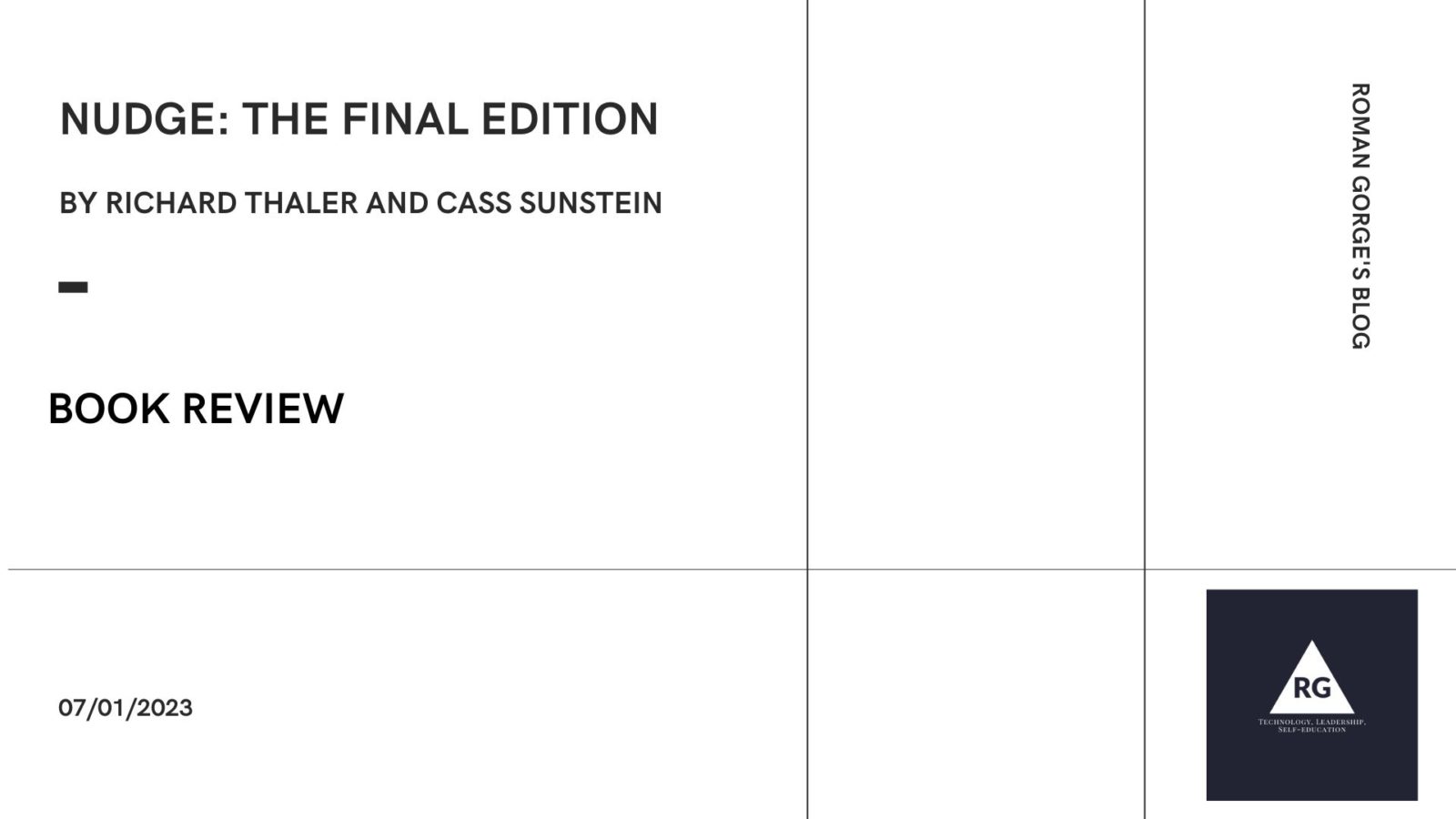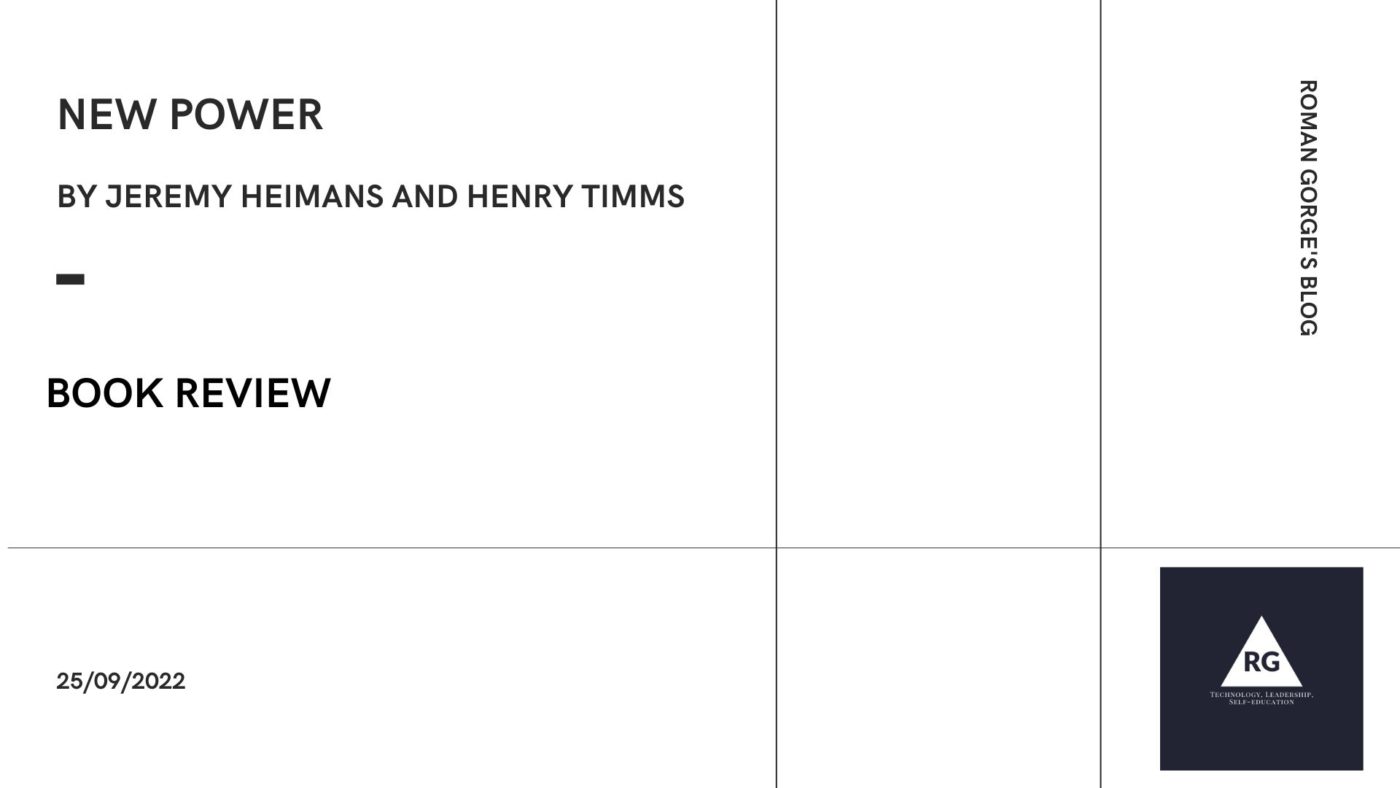Every year, January and February is the time when companies organize Sales Kick Off (SKO) events. The name of such event may varies but the idea is always the same. Bring together people from different regions and different functions and deliver key messages of the year to them. Typically, it is 2-3 days packed with PowerPoints during a day and socializing during a night.
Two years of limited travels and COVID pandemic forced to make those events fully virtual. And it does look like that many companies are going to continue with hybrid format for SKOs. First of all, when you saved all this travel budget during the last couple of years, it is very uncomfortable to start spending the money again.
So, how can we make SKOs in a post-pandemic world more efficient? Below are my some ideas and examples from successful and that much events.
Pre-recording of keynote sessions
Keynote sessions are designed in a way where information flows only in one direction. Hence, the key messages for the year may not be live streamed. They can be pre-recorded and then streamed in different timezones. Ideally, every keynote session should come with a transcript distributed to an audience before or after the session.
Watching parties
If some sessions should be live streamed it makes sense to organize watching parties with pizzas and drink. Especially, it works well for EMEA region people for whom US-West or US-East based events are outside of business hours. It is also simply more fun.
Top priorities 30 seconds pitches
Every team or organization has 30 seconds to present their top priorities for the year. In my experience, this does not work well. It is difficult to maintain timing and people will not be able to remember anything anyway. Online collaboration board, like Miro, where everybody can add their pitches would work better.
TED Talk-sized demos and presentations
For a fully virtual event, reduce demo and presentations length to 15-20 minutes maximum. Increase number of demos and presentations instead. Limited attention span is real. So, if you want the audience not only just listen through but actually pay attention, then SKO sessions should be short. Another advantage is that there is a higher probability that people will watch a short content after it is published.
Gamification
Let the audience acquire virtual coins for an every video they watched or a quiz they passed. Make companies swag purchasable for these SKO virtual coins. Any element of a game will make a virtual event easier to consume and help people to keep concentrated.
Capstone project for regional teams
Create an assignment that every regional team of sales reps should deliver in the end of SKO. For example, produce an essay about how they understood the strategy or how they are going to implement new ways of working introduce during the Sales Kick Off. If you need to produce some output, then you will pay more attention.
So, these are my thoughts what can be improved for virtual SKOs. Post in the comment section your ideas!













